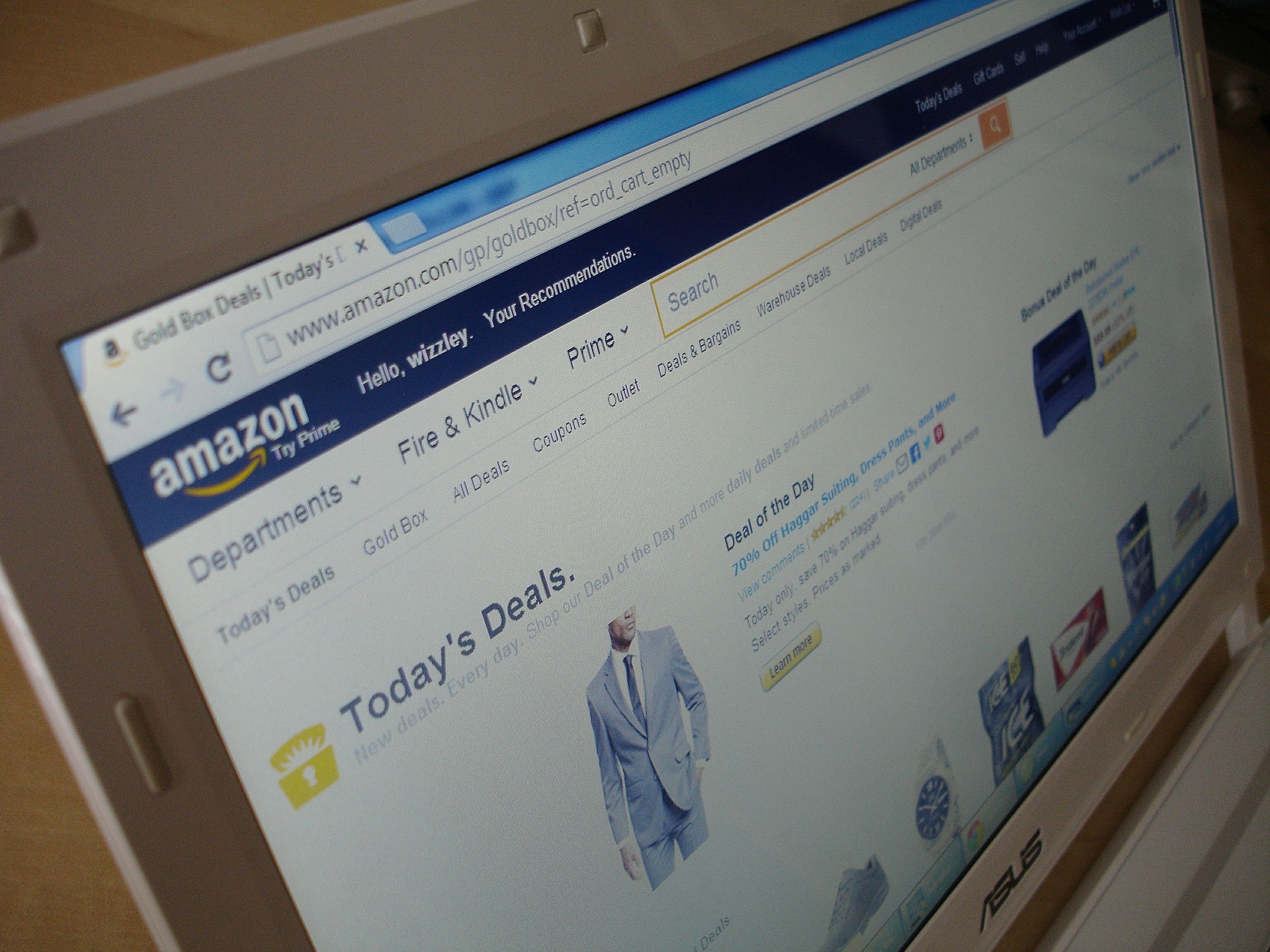Amazon Vendor Central vs Amazon Seller Central
When you’ve decided on the benefits of selling on Amazon, there is one major decision that needs to be made before you start to sell a single product; Amazon Vendor Central vs Amazon Seller Central. There are benefits to both, and equally there are drawback on both platforms. Here’s or guide to get you started.
Definitions
The main difference between Vendor Central and Seller Central is how you sell. As a Vendor (known as 1P) you are selling wholesale to Amazon and you agree commercial terms with them as you would with any other wholesale customer. They will raise a PO for your products and you will fullfill to their warehouses.
As a Seller/Marketplace Seller (known as 3P), you sell on the Amazon platform through Seller central and pay Amazon a percentage of sales as commission. When selling as a Seller, you have two options, selling via FBA(Fulfilment by Amazon) whereby you send your products into Amazon’s warehouses and they distribute for you, or MFN(Merchant Fullfilled Network) where you self-fulfil to the end user from your own warehouse.
Vendor Model
If you are a manufacturer of a reasonable size, this would be the typical relationship that you would have with Amazon. It may be that you have already been approached by Amazon or are in negotiations around this now. An internal Amazon policy known as “Manufacturers as Sellers” focusses on the fact that if a brand is selling well through other 3P sellers, Amazon will attempt to strike a Vendor relationship with them in order to sell direct.
Advantages of being an Amazon Vendor:
-
Easy to implement and will work in a similar manner to other retail relationships: Agree a price to sell to Amazon and ship in bulk, typically once a week.
-
Orders can be implemented into EDI into your current system and goods can be sent in pallets
-
Easy to manage account via Vendor Central which allows you to manage content, inventory and see Sales In and Sales Out Data
-
Access to AMS – a set of marketing tools to leverage to help you grow sales alongside your current organic sales
-
As a vendor you also often get access to new programs and features first, a long time before they are rolled out to sellers
Disadvantages of being an Amazon Vendor:
-
No say over Average Selling Price – when selling on Amazon the pricing is dynamic. Amazon do not lead the price but they will match other activity in in the category. Whether on Amazon itself (matching 3P marketplace sellers, especially those in FBA) or through other platforms such as eBay and retailer websites.
-
You get very limited time with buyers (known as Vendor Managers), so it may be more difficult to speak to them than with other wholesale contacts you may have at retailers
-
Amazon can be difficult when it comes to price increases and it may take more negotiation to implement than with a traditional retailer.
-
When selling via wholesale, you will have lower margins per product than selling direct on the Amazon platform.
-
They will push on terms, and will want to secure more money YoY for marketing and other activities.
-
Operations can prove tricky with things such as incorrect packaging and shortfalls, potentially resulting in chargebacks from Amazon.
-
Expansion into other European markets requires separate negotiations
-
Once you take the blue pill as such and go down the rabbit hole to become a vendor, it’s nearly impossible to switch to being a seller
-
Inferior analytics features compared to Seller Central
Seller Model
Designed to allow smaller brands to grow on Amazon, selling as a seller gives you control over your fulfilment and pricing models. There are two options for selling via Seller central. FBA and MFN. FBA is the preferable choice, it allows you to send your products into Amazon’s warehouses and they will dispatch your products when orders come in. It also allows you to offer your products to Prime subscribers via next day delivery – a definite conversion optimiser. MFN however would be a more suitable option if you sold bespoke or personalised items that are made on request, or if items are too bulky or costly to be sent into Amazon’s warehouse in any meaningful volume.
Advantages of Seller Central:
-
You choose your selling price, and decide whether to follow suit should other retailers undercut you.
-
Greater control over content and inventory management mean that changes can be made with ease.
-
Extremely easy to implement – No commercial terms negotiation required
-
Quicker payment – typically around 30 days
-
Allows you to take increased margin as you are selling direct to the customer
-
Easy to expand into other countries – set up and go (always ensure your products meet regional guidelines)
-
More intuitive interface for updating product information
-
All services are under one interface
-
Easy to ‘upgrade’ to being a Vendor in the future if so desired
-
Superior analytics features compared to Vendor Central
Disadvantages of Seller Central:
-
No EDI – need to do integration with ERP systems
-
Invoicing and customer service is to the end user meaning potentially more time spent dealing with queries
-
Only a scaled down version of AMS available (Sponsored Products) – However this is being expanded to include headline ads.
-
You need to have a direct to consumer mindset, not the same as a regular wholesale customer.
-
Sellers self fulfilling (MFN) are sometimes not as trusted by buyers as products being fulfilled by Amazon themselves
Conclusion
There is no correct answer when looking at Amazon Vendor Central vs Amazon Seller Central as it depends on many factors related to your business model. We do hope however, that our points above have helped guide you in the right direction.
Expert Edge can help you with all the things above if you don’t have the time or resources to do it yourself. Our team is made up of former Amazon employees, vendors and sellers who have experience in doing this for multi-million dollar/pound brands as well as smaller startup brands. Find out more about our Amazon Consulting services.



